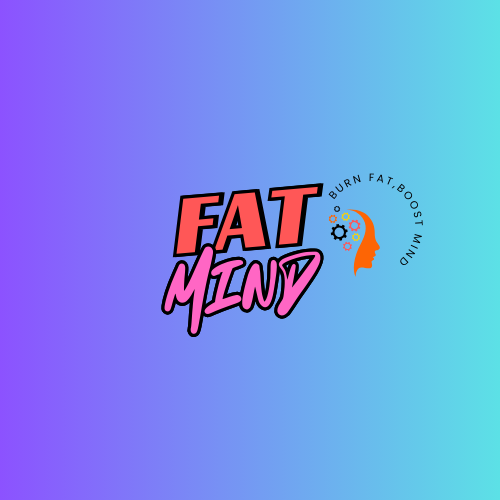Introduction: The Link Between Mental Health and Emotional Eating
Food is more than just fuel it’s often a source of comfort during stress, anxiety, and sadness. Emotional eating happens when food is used to cope with negative emotions rather than to satisfy hunger. While occasional comfort eating is normal, a chronic cycle of emotional eating can lead to weight gain, poor mental health, and a struggle with belly fat.
But why do emotions trigger overeating? And how can you break free from the cycle to build a healthier relationship with food? This article explores the science behind emotional eating, its connection to mental health, and practical steps to regain control.
Understanding Emotional Eating: The Science Behind It
The Role of Stress and Cortisol in Emotional Eating
- When you’re stressed, your body releases cortisol, a hormone that triggers cravings for high-fat, high-sugar foods.
- Stress eating provides temporary relief, but it reinforces unhealthy eating habits over time.
- High cortisol levels also increase belly fat storage, making weight management more challenging.
Dopamine and the Brain’s Reward System
- Eating comfort foods activates dopamine, the brain’s “feel-good” chemical.
- This triggers a reward cycle, making people crave food when feeling down.
- Over time, emotional eating becomes a habit, even when hunger isn’t present.
The Connection Between Anxiety, Depression, and Overeating
- Anxiety: Leads to stress-related binge eating or loss of appetite.
- Depression: Lowers serotonin levels, increasing cravings for sugary and carb-heavy foods.
- Loneliness & Boredom: Eating fills emotional voids, reinforcing the cycle.
Signs You Might Be an Emotional Eater
You eat when feeling stressed, sad, or bored—not when hungry.
You crave specific comfort foods (like sweets or fast food) when emotional.
You eat mindlessly without enjoying the food.
You feel guilty or ashamed after eating but still repeat the behavior.
Breaking the Emotional Eating Cycle: Actionable Steps
Identify Emotional Triggers
- Keep a food and mood journal to track when and why you eat.
- Recognize patterns (e.g., eating after work stress, late-night snacking due to boredom).
- Awareness is the first step toward breaking the habit.
Find Healthy Coping Mechanisms
- Instead of eating, try stress-reducing activities like:
- Meditation or deep breathing exercises
- Journaling or talking to a friend
- Going for a walk or exercising
- These rewire your brain’s reward system without relying on food.
Build a Mindful Eating Routine
- Eat without distractions (no TV, phone, or work).
- Slow down and savor each bite, recognizing hunger and fullness cues.
- Portion control and choosing nutrient-dense foods can help reduce cravings.
Balance Blood Sugar to Reduce Cravings
- Eat protein and fiber-rich meals to maintain steady energy levels.
- Avoid processed sugars that lead to blood sugar spikes and crashes.
- Stay hydrated—dehydration can mimic hunger cues.
Improve Mental Health Through Lifestyle Changes
- Prioritize Sleep: Poor sleep increases cravings for high-calorie foods.
- Exercise Regularly: Boosts serotonin and dopamine levels naturally.
- Seek Support: Therapy, counseling, or support groups can help address underlying emotional struggles.
Conclusion: Reclaiming Control Over Food and Emotions
Emotional eating is deeply connected to mental health, stress, and brain chemistry. Understanding these triggers is the first step to breaking the cycle. By developing mindful eating habits, managing stress, and making healthier food choices, you can rebuild a positive relationship with food—leading to better mental well-being and improved physical health.
Next Steps:
- Read More: [The Science Behind Stress and Belly Fat]
- Try This: [10-Minute Mindfulness Exercise to Stop Emotional Eating]
